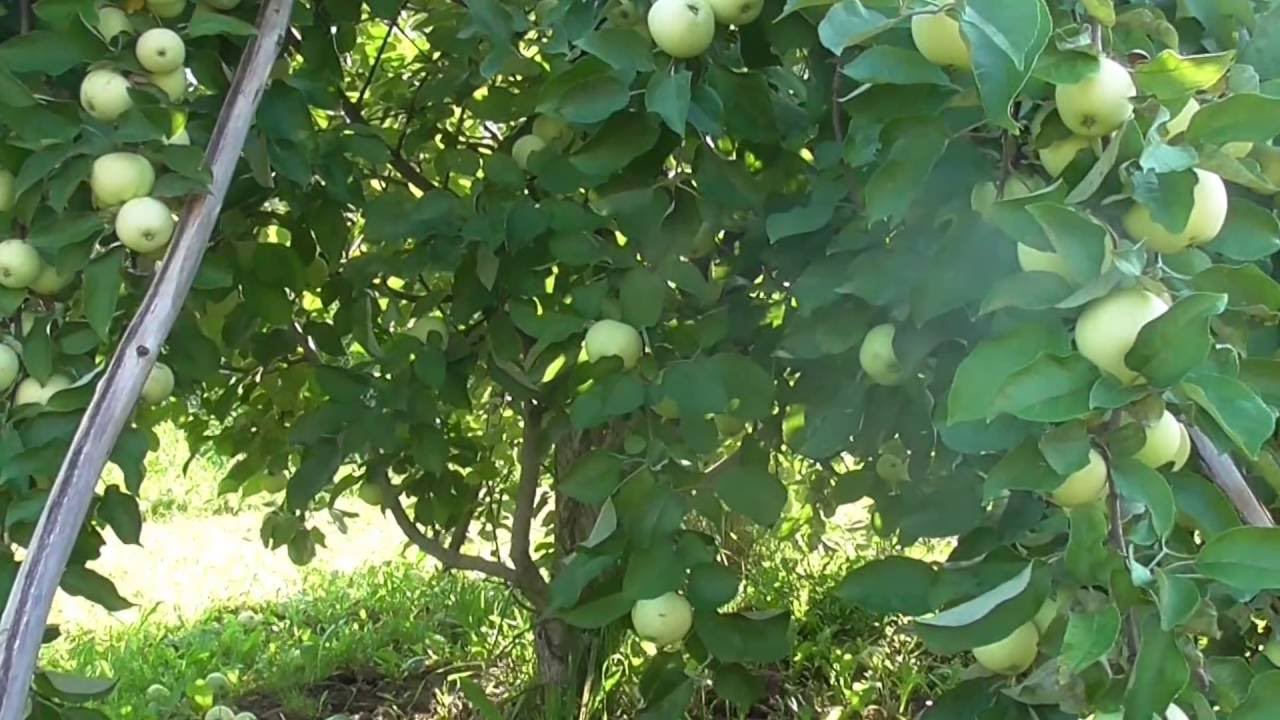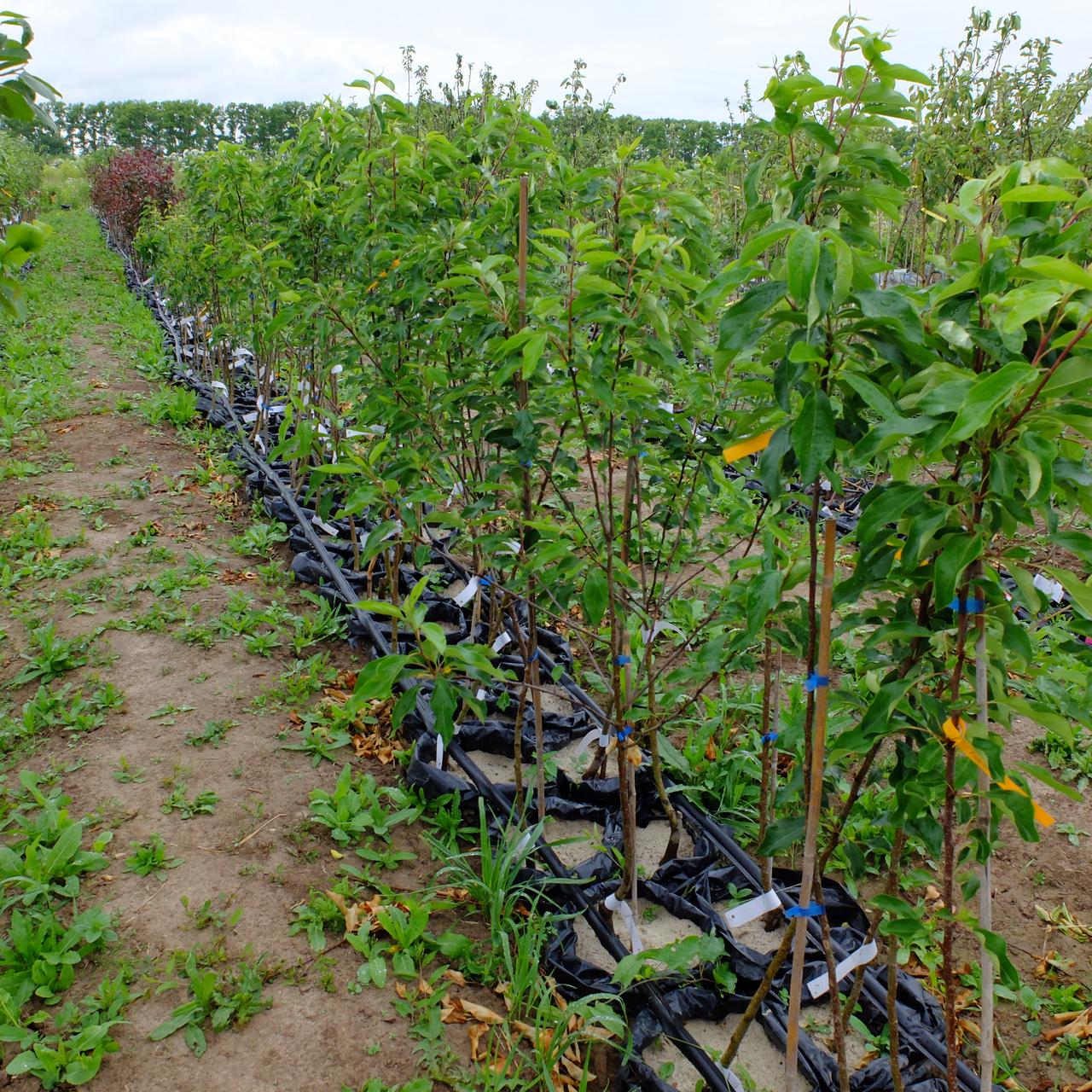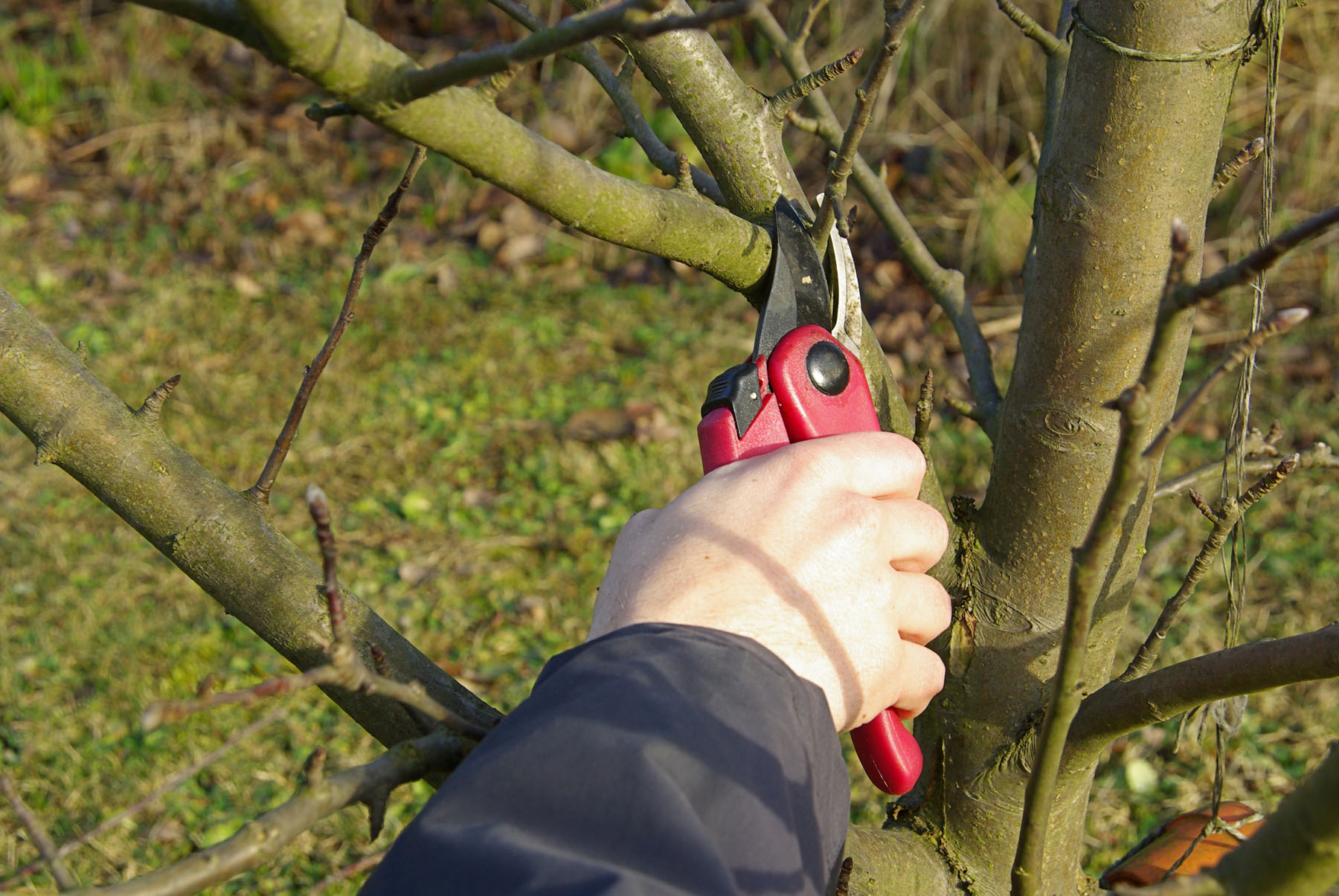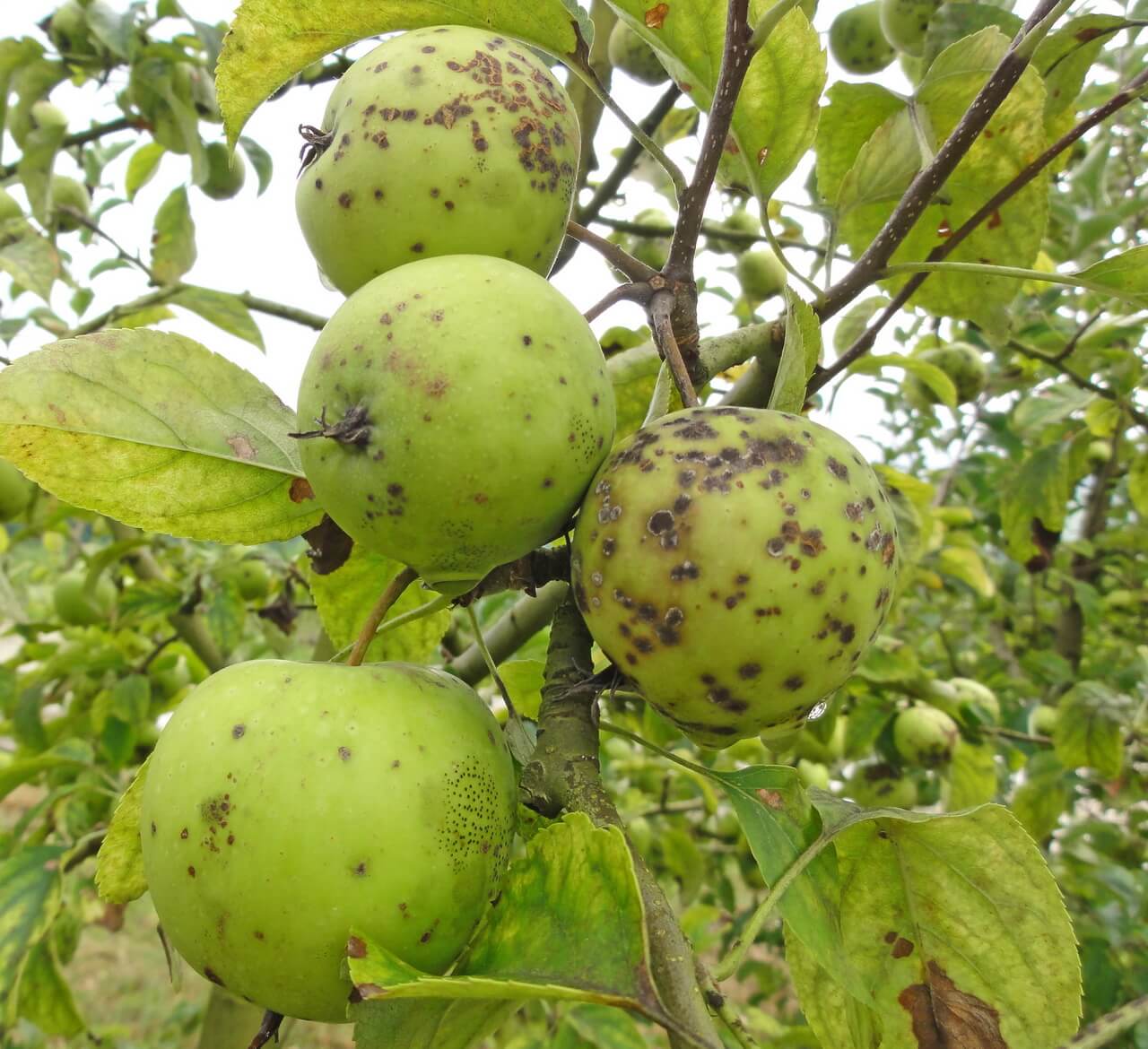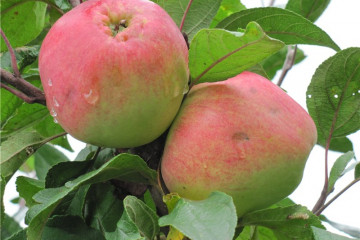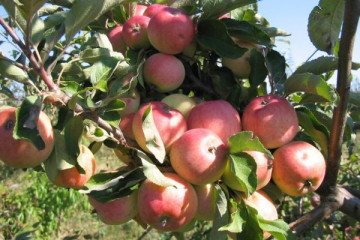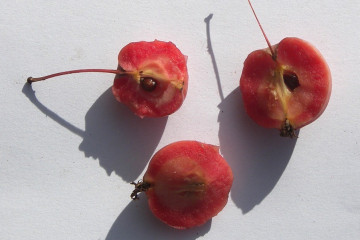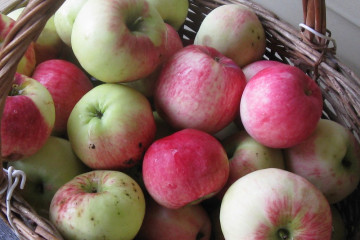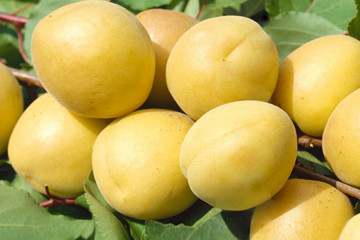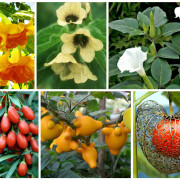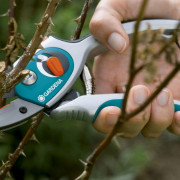Apple-tree White filling: description of the variety, when ripe
Content:
- History of origin and regions of growth
- Characteristics and description of the variety
- Advantages and disadvantages of the White filling variety
- Follow-up care of the apple tree
- Features of cultivation in different regions of Russia
- Diseases and pests, methods of control and prevention
- Harvesting and storage
Apple-tree White filling is widely known and successfully grown both in Russia and abroad. The unpretentiousness of the variety, frost resistance and yield, as well as the pleasant taste of apples, have made it popular among gardeners for many years.
History of origin and regions of growth
Apple-tree White filling is considered an old Russian variety. For the first time, a description of this apple is found in the book of the practitioner-gardener N. A. Krasnoglazov "Rules of Fruit Growing" in 1848. Later, the description and photograph of the White filling is found in the publication "Atlas of Fruits" in 1904, by the scientist-biologist A.S. Grebnitsky. In some old books it is recorded as an apple tree Whiteness, but at present this name is not used.
Supports and preserves the original variety of this apple tree of the All-Russian Institute of Selection and Technology of Horticulture and Nursery (Moscow). The first manufacturer of the White filling is not known and therefore should not be listed.
Characteristics and description of the variety
Each apple variety has its own specific qualities. These include: fruiting and its cyclicity, a description of the object and features of physiology.
The beginning of fruiting
The white filling, when planting two-year-old seedlings, begins to bear fruit abundantly in 4-5 years. In the central European part of Russia, the first crop is harvested in early August. After two to three weeks, the next batch of apples ripens.
Cyclic fruiting
The variety has an average yield due to the sharp periodicity in fruiting. The variety has a pronounced cyclicality. Therefore, in order not to be left without a crop, two or more trees of different ages are planted. Then the cyclicity of apple trees does not coincide.
Root system
The root system develops depending on the rootstock. If it is a tall tree, then a central root stem grows. With a dwarf variety, there will be a uniform ramified system without the formation of a main rod.
Tree height and crown width
The height of an adult tree reaches 5 meters. From a wide pyramidal shape, the crown gradually takes on a rounded appearance. The color of the main shoots is light gray. The dwarf form of the White filling grows up to 2.5 - 3 m. The maximum crown diameter is 5-6 m.
Description of fruits
The apples are medium in size. Irregular in shape, with wide ribs, round-conical. The fruits have a seam. The color is yellow-green, but under the peel of the apples is pure white. Fragrant apples. The pulp is juicy, with a slight sourness. The calorie content is low.
Self-fertility and pollinating varieties
The white apple tree is self-fertile.Its flowers are pollinated with the help of other varieties that are planted nearby. Popular partners are: Antonovka, Candy, Quinti, Golden Delicious, Melba, Medunitsa.
Advantages and disadvantages of the White filling variety
These apple trees are especially popular with gardeners in central Russia. Pros of growing such apples:
- winter hardiness;
- early fruiting (early August);
- a bountiful harvest;
- early maturity (for 6-7 years);
- unpretentiousness;
- juicy pulp.
Disadvantages:
- quickly deteriorate;
- poor transportability;
- ripening takes place in a short time and abundantly (gardeners often do not have time to collect the entire crop and make blanks out of it);
- cyclic fruiting;
- apples have no integumentary coloration.
Disembarkation dates
Apple tree seedlings are planted in early spring or autumn. First of all, it depends on the climate.
When planting in spring, the seedlings have time to adapt, take root and get stronger over the summer. In the future, they tolerate winter better. This is especially recommended for plants up to two years old.
More mature apple trees can be rooted in the fall in late September - early October. This method is practiced mainly in the southern regions.
The planting begins when the soil has melted and there is no ice in it. For central Russia, this time is from the last days of April to the first ten days of May.
Features of planting young seedlings
There are certain rules and procedures for planting fruit trees:
- Pits are dug 15-20 days before planting and fertilizers are laid there.
- For a day, apple trees can be soaked in Kornevin or Heteroaukisne.
- The apple tree is planted so that the graft is 3-5 cm above the soil. In this case, soil shrinkage must be taken into account.
- After the seedling is buried, 2-3 pegs are stuck nearby and a young tree is tied to them. Then the fixation of the plant is more reliable.
- Next, you should water the tree abundantly and crush the earth near the trunk. If the earth is hooked, you can add it.
- Mulch is spread on the ground.
- The spacing between seedlings depends on the volume of the roots and the nature of the growth of the future crown. Between tall, in the future, trees the distance should be 4 m, and between rows - 6 m. Apple trees of average size - about 3 m and 4-5 m, respectively. Dwarf trees - 2 m and 4 m.
Follow-up care of the apple tree
In order for a tree to grow well and give a bountiful harvest, you must follow the basic rules of care. These include: pruning and shaping, watering, loosening and weeding, and winterizing.
Pruning and shaping the crown
The first pruning is done in the first year of life. The top of the seedling is removed, leaving about 90 cm. This allows the lateral shoots to develop better. Branches that are too long are also shortened to balance and shape the apple tree.
Sanitary pruning is carried out in early spring - before the juice moves. Old, diseased and dried shoots are removed. In the fall, remove weak shoots that will not survive the winter. Large areas at the sites of the cuts are treated with garden pitch. It is also recommended to thin out the crown - to remove branches that grow inward and contribute to thickening.
When forming the crown, the vertical shoots are bent by 30 °. They are tied to thicker lower branches or to pegs attached to the ground.
If the branches deviate strongly downward, then a support is built for them.
Watering, loosening and weeding
The correct development of fruits depends on watering, when they should ripen and their taste. Apple trees do not like stagnant water, but it is recommended to water them in severe drought.
The procedure is carried out in the morning or in the evening with warm water.
Loosening is required to deliver air to the roots.To prevent a hard crust from forming on the ground, use mulch. For this purpose, mowed grass, sawdust is suitable.
First of all, weeding is important for the seedlings. Their roots do not have a large volume, and malicious weeds suck nutrients and moisture from the soil. Because of this, plants can slow down in development and even die.
Preparing for winter
In the cold season, the apple tree is threatened by frosts and rodents. Therefore, you should properly prepare for the winter:
- The last watering is carried out on warm ground. Otherwise, the roots may freeze and be damaged.
- The trunk of trees, at a height of 0.5 m from the base, is wrapped in burlap, nylon or roofing paper.
- The trunk circle is mulched with manure. This is to keep warm.
- Wormwood can be placed around the tree. Its smell will scare away rodents.
Features of cultivation in different regions of Russia
In Siberia and the Urals, they prefer to cultivate the dwarf form of this apple tree. Although in the south of the Krasnoyarsk Territory, the medium-sized White filling grows well and brings a bountiful harvest. Fruits in these regions will ripen in the second half of August.
In the southern regions, for example, in the Stavropol Territory, it is required to monitor watering. So that the earth does not dry out. Fruiting occurs in late July - early August.
In the Moscow region, they harvest in early - mid-August. They mainly use the medium-sized apple tree.
Diseases and pests, methods of control and prevention
In rainy, cold weather, fungal infections can affect apple trees. Most often found: scab, powdery mildew, rust, moniliosis, cytosporosis. To prevent these diseases, it is necessary to loosen the ground, regulate watering, cut out old and weak shoots, clean the trunk circle of plant residues, treat with Bordeaux liquid or biofungicides during the entire growing season.
With fungal diseases, fruits and leaves are deformed, rot and stains form on them. Growths appear on the bark.
If an infection is detected, trees are treated with fungicides, colloidal sulfur, whitewash.
Of the insect pests, it should be noted: aphids, moth and apple blossom beetle. With a strong population of apple trees, they lose about 90% of the yield, and the plant itself may die. The method of protection is the treatment of trees with insecticides.
Harvesting and storage
It is better to pick fruits from the branches, since after falling on them, rot can form. Long-distance transportation may also be damaged. It is better if the White filling apples are a little unripe. Since they quickly ripen and lose their presentation and taste.
Mainly, it is possible to save the fruits no more than 2-3 weeks. Therefore, they try to make blanks out of them. With White filling, the following recipes are obtained: delicious pies, pickled apples, jam, vein. They are dried and compote mixtures are prepared. And, first of all, they are eaten fresh.
As a result of all of the above, we can conclude: White filling can be of medium thickness and dwarf form. We need a pollinator variety. The plant is winter-hardy, prone to damage by fungal diseases. If possible, a rich crop should be processed immediately.
